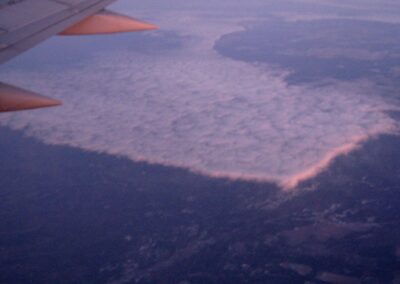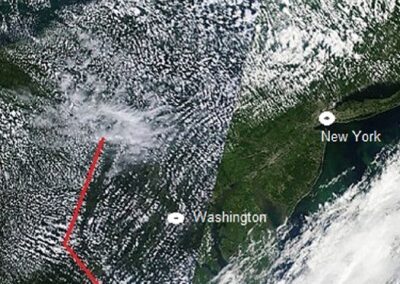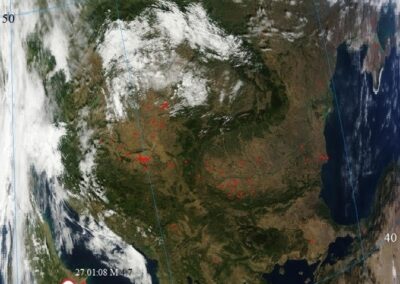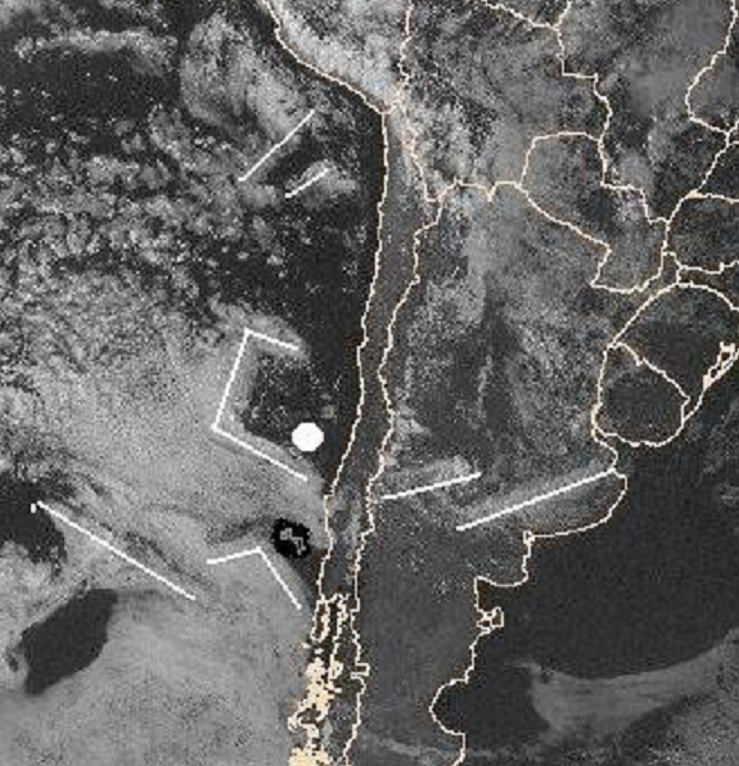The scientific pursuit of understanding the precursors associated with earthquake processes has a history of over 2000 years. Aristotle mentioned “pneuma,” referring to the production of strange atmospheric effects before earthquakes. The term “pneuma” means air in motion or electricity in the air. These atmospheric effects appear as unusual fogs and clouds, have been recognized as observational evidence for precursors to major seismic shocks since the time of Aristotle, Pliny, and many medieval Chinese researchers. With the development of mechanical seismometers, a wide range of other parameters associated with earthquake preparation began to be observed. This has made the field of science more intricate and compelling.

Earthquake precursors are based on centuries of experience and observation of anomalies near earthquake epicenters. These anomalies include changes in groundwater levels, sudden appearances of clouds and light shows, strange behavior of animals, birds, and fish, changes in ground conductivity, geomagnetic and gravity anomalies, electromagnetic emissions, atmospheric electric field anomalies, geochemical aberrations such as excessive emissions of radon, hydrogen, helium, carbon dioxide, methane, and other gases and fluids, and variations in seismic wave velocities.





